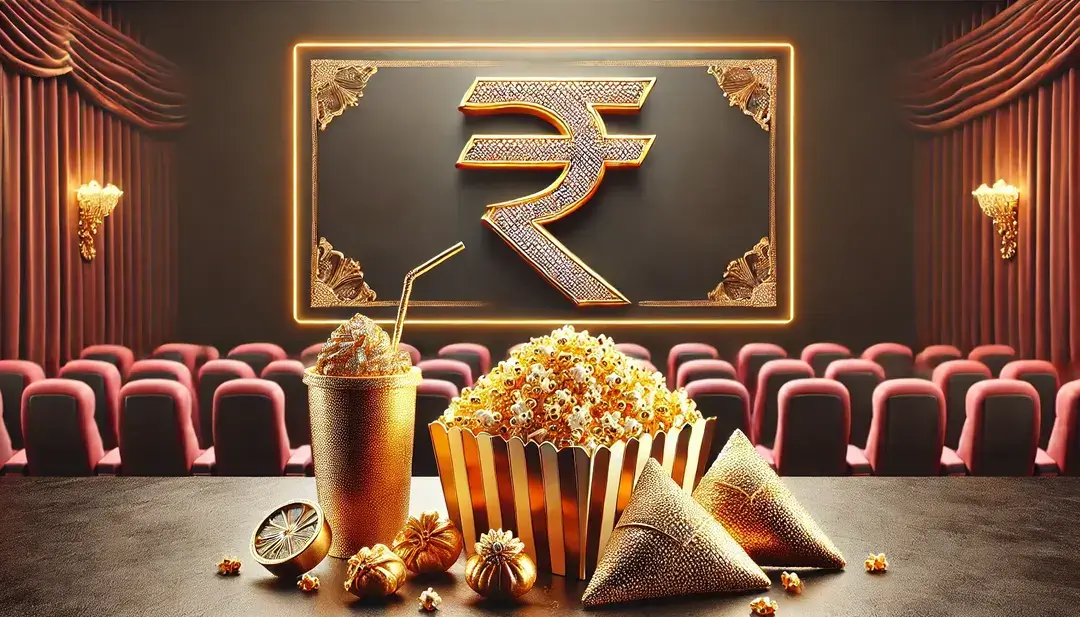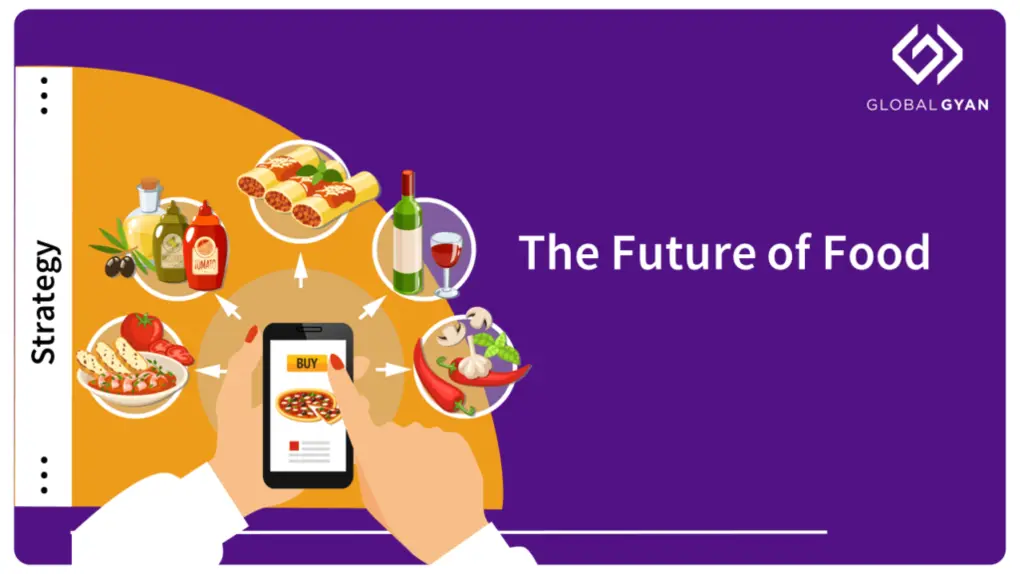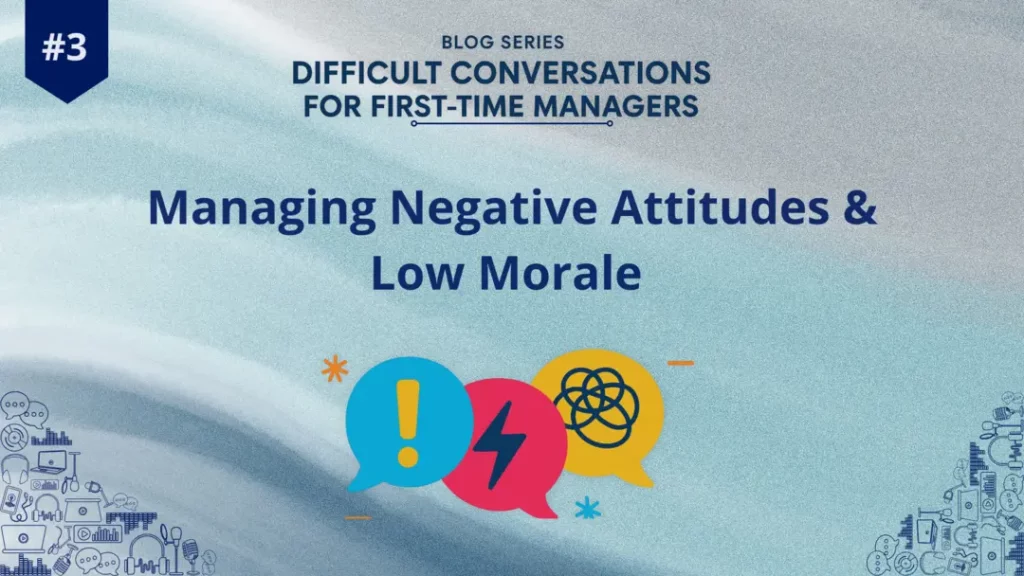Movies are not Affordable Anymore… Blame the Popcorn!


No, it isn’t the streaming platforms.
Well, not entirely anyway.
It is something that hits closer to home.
It is the food.
Picture this: a movie with a killer star cast got released this past week. You’ve read great reviews of it on the Internet, as well as had some of your friends and family praising the cast’s performances. You go ahead and book your ticket; it costs ₹130 (on average) for a front-row seat. Admittedly it’s not a great seat, but it will do, because your excitement knows no bounds. You go to the theatre and get ready to watch the first half. Things are going well so far, a standard movie going experience by all means. The stellar first half makes you think that you’ve got your money’s worth. During the interval, you step out to grab a popcorn and a coke. You see the bill: ₹820.
You’re flabbergasted.
That’s nearly 8x the price of your movie ticket!
It’s also as much as (or more than what) you pay for a monthly streaming service subscription.
Did you, then, really need to go to the movies? Are the comforts of home not more alluring?
Before we dive into the nitty-gritties, let’s set the stage with a personal anecdote—this was shared with us by Dipesh Mohile, who often writes for our column too:
Just last week, as I was enjoying the ‘funny scares’ caused by the monster in Stree 2 (a Bollywood movie); I was hit with an aroma (being polite here) of full-fledged meal being enjoyed by a group sitting next to me. The usher got the food on a fancy tray in fancy containers. I knew they would have paid minimum ₹1500 for the items; it was pitch dark in the theatre where they’re struggling to eat & other cine-goers are hit by a strong smell of food in a fully air-conditioned cinema hall. I was thinking to myself – how can this be enjoyable?
Shouldn’t a cinema viewing experience stick to the fundamentals of light-snacks/tea-coffee/ice-creams during interval and keep the cinema hall devoid of food? The earlier diktats of “no food or drinks allowed” was for a reason! Gourmet food and dark cinema-halls don’t really go well together, the intervals aren’t long enough; after the movie ends, cine-goers are ushered out of the theatre area directly. This leaves only one possibility of people arriving at theatres well in advance to ‘eat’ before the movie begins. Truth be told, I have not done it ever. Have you?
On the Excel sheets; “non-ticket revenue streams” seem like a great revenue item & will most likely present a rosy financial projection. But this urge to maximize non-ticket revenues is actually interfering with the integral part of movie-going experience (popcorn during the movie & samosas/beverages in the intervals) and may be an important reason for the current struggles faced by the theatre industry.
Ever since streaming platforms made their debut in the market, cinema halls have faced the threat of redundancy. And that is saying a lot, given the fact that Indians love a good Bollywood movie—or a pan-Indian blockbuster, going by the recent trend. The movie going experience for the average Indian is akin to an emotion (not quite a religion, like cricket, but close enough). And something seems to have soured it.
So, here’s a question we’re asking: what gives?
Making Sense of these Numbers
An aspect of Indian multiplexes that has left moviegoers shell-shocked is the relentless rise in food and beverage (F&B) prices. While these sky-high prices might seem like a blatant attempt at squeezing more money out of customers, there’s a carefully calculated strategy behind this move, especially by industry giants like PVR Inox.
The Shift in Revenue Streams
Traditionally, movie ticket sales were the primary source of revenue for cinema halls. However, as the market dynamics evolved, so did the revenue models of these multiplexes. Today, F&B sales have become a significant revenue stream, often outpacing ticket sales. For instance, in FY24, PVR Inox’s F&B revenue soared to ₹1,958.4 crore, marking a 21% growth, which outstripped the 19% growth in movie ticket revenue during the same period. This radical shift in revenue sources is no accident; it is a strategic move to counterbalance the fluctuating nature of box office earnings, which are increasingly unpredictable due to the erratic success of films.
F&B revenue is higher because they have opened up a lot of these places in the metros and non-metros where people can come and consume food and not necessarily watch movies.
The Cost Conundrum
One of the primary reasons for the surge in F&B prices is the significant increase in operational costs associated with running multiplexes. According to Ajay Bijli, Chairman of PVR, the transition from single-screen theatres to multiplexes has introduced a host of new expenses. These include multiple projection rooms, advanced sound systems and fully air-conditioned foyers, all of which have increased operational costs by four to six times compared to the old single-screen setups. To cover these escalating costs, multiplexes have turned to their F&B offerings as a critical profit centre.
The Evolution of the Movie-Going Experience
The movie-going experience has also been significantly redefined in the recent years. The simple pleasures of popcorn and Coco-Cola have given way to gourmet offerings like sushi, pizza and mezze platters, all of which come with a premium price tag. It’s no longer just about providing food for modern multiplexes; it’s about selling an upscale experience. Leading players like PVR Inox have invested heavily in upgrading their F&B offerings to cater to a more discerning audience that is willing to pay for these luxuries. The strategy here is clear: if you can offer something unique and luxurious, customers will be more willing to part with their money.
A Calculated Gamble
While this strategy of inflating F&B prices has undoubtedly drawn criticism, it is a calculated gamble by cinema chains. They are banking on the idea that the enhanced movie-going experience—coupled with the exclusivity of the food offerings—will justify the higher prices in the eyes of consumers. So far, this gamble seems to be paying off, as evidenced by the growth in F&B revenues.
However, this strategy is not without its risks. As more consumers become disillusioned with the high costs associated with a night out at the movies, there is a growing threat that they might opt for more affordable home entertainment options. The success of this strategy will ultimately depend on the willingness of moviegoers to continue paying a premium for the experience that multiplexes offer. If they do, then the era of high-priced popcorn and cola is here to stay. If not, multiplexes might have to rethink their approach to keep the crowds coming in.
Do Multiplexes really have the Upper Hand?
The rising F&B prices in Indian multiplexes have become a hot topic of debate among moviegoers. While it’s easy to label these prices as simply exorbitant, a closer look reveals a host of factors that have driven cinema chains like PVR Inox to adopt this pricing strategy. In short, there’s a method to this madness.
Necessary Legal Backing
In 2023, the Supreme Court of India ruled that cinema halls can set their own terms and conditions regarding the sale of food and beverages within their premises. This ruling effectively gives multiplexes the autonomy to price their F&B offerings as they see fit, without the need to adhere to market norms outside their doors. This legal protection has emboldened cinema owners to maximise their profits from concession stands, knowing that their control over this revenue stream is firmly backed by the judiciary.
Changing Consumer Behaviours
The modern moviegoer’s expectations have evolved, with many now seeking a more luxurious and comprehensive experience when they visit the cinema. Thus, multiplexes need to offer more than just the traditional popcorn and soda—upgrade to gourmet meals & sushi—to maintain footfalls. Likewise, customers are willing to pay a premium for these enhanced offerings, encouraging multiplexes to further capitalise on this revenue stream.
The Influence of Operational Challenges
Myriad operational challenges have further reinforced this strategy. Multiplexes often outsource their food stalls to third-party contractors who pay high fees for the privilege of operating within the cinema. These contractors, in turn, pass on these costs to consumers through higher prices. This outsourcing model, while beneficial for multiplexes in terms of guaranteed income, contributes to the overall inflation of F&B prices.
Growing Pressure from OTT Platforms
Finally, the growing competition from over-the-top (OTT) platforms like Netflix, Amazon Prime and Disney+ Hotstar has also contributed to this end. With the rise of streaming services offering a wide array of content at a fraction of the cost of a movie ticket, multiplexes have had to rethink their value proposition. By enhancing the in-theatre experience through premium F&B offerings, multiplexes aim to differentiate themselves from OTT platforms and justify the higher costs of a night out at the movies.
While there are several factors that have given the cinema halls the upper hand, it remains to be seen whether this will continue to be the case for long.
To Go or Not to Go to the movies, that is the Question
There’s no denying that the sticker shock at the concession stand can put a damper on the movie magic. The impact of these inflated prices on the movie-going experience is multifaceted, affecting everything from attendance rates to the overall enjoyment of a film.
A Pricey Outing for Families
For many Indian families, a trip to the cinema has traditionally been an affordable and enjoyable way to spend time together. However, with the current pricing trends, a simple movie night can quickly turn into a costly affair, especially for families with children. The impact of these prices is clear: many families are opting out of purchasing food at the cinema altogether, or worse, choosing to stay home and watch movies on streaming platforms where the cost is much more manageable. This shift not only affects the family’s enjoyment of the movie but also contributes to a broader trend of declining cinema attendance, particularly among middle-class consumers who are most sensitive to price increases.
The Luxury Experience: A Double-Edged Sword
Multiplexes like PVR Inox have justified their high F&B prices by positioning themselves as providers of a luxury movie-going experience. This involves offering gourmet food options and specialty beverages as well as creating exclusive product offerings like offerings such as PVR Gold, PVR Director’s Cut, and INOX Insignia, which are all meant to enhance the experience of watching a film. While this appeals to a certain segment of the audience, it also alienates a large portion of traditional moviegoers who find these prices unjustifiable.
Final Thoughts
While the soaring F&B prices in Indian multiplexes are certainly a cause for concern, they are not necessarily the beginning of the end. Instead, they are part of a larger, ongoing transformation in the way we consume entertainment. And the problem in hand can be split into two parts: future of multiplexes & success of this strategy in particular.
The future of multiplexes will depend on their ability to adapt to changing consumer preferences, economic realities, and technological advancements. If they can strike the right balance, they may continue to play a significant role in the entertainment landscape for years to come. If not, they risk becoming relics of a bygone era, overshadowed by the convenience and affordability of home-entertainment options.
The success of the pricing strategy in the long term will, once again, depend on multiplexes finding the right balance. While luxury experiences can continue to be a significant revenue driver, they cannot be the only focus. Multiplexes will need to ensure that they also offer affordable options that cater to a broader audience, preserving the inclusivity that has traditionally been a hallmark of the cinema experience.








Responses